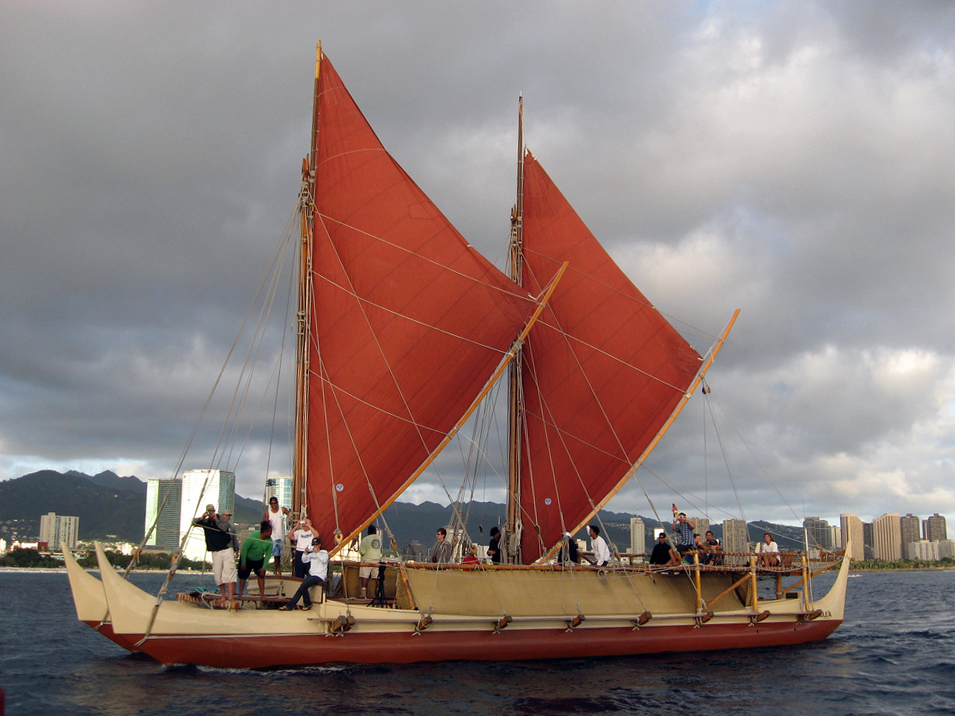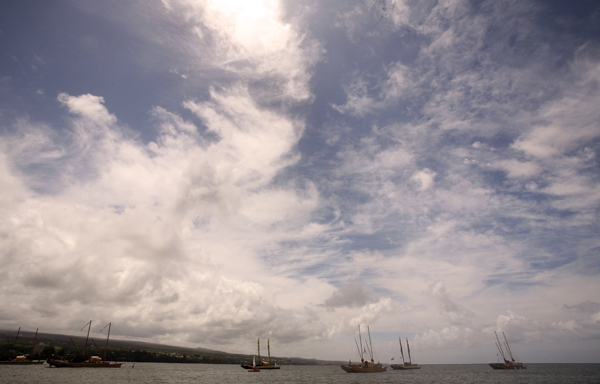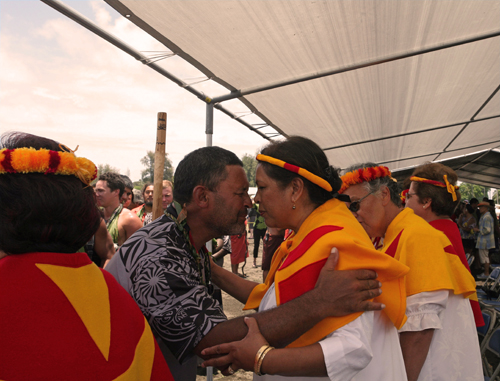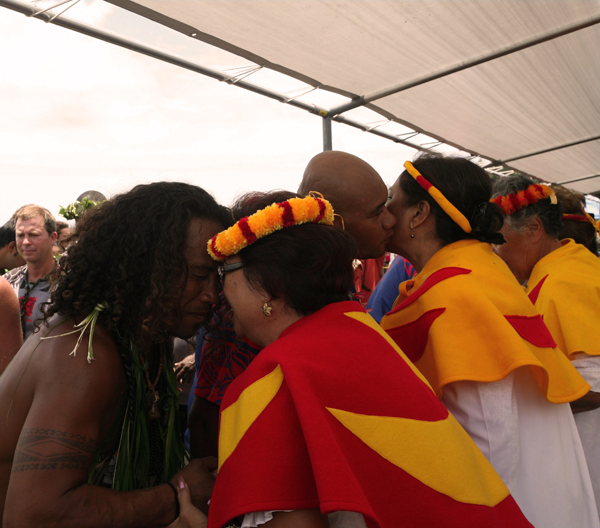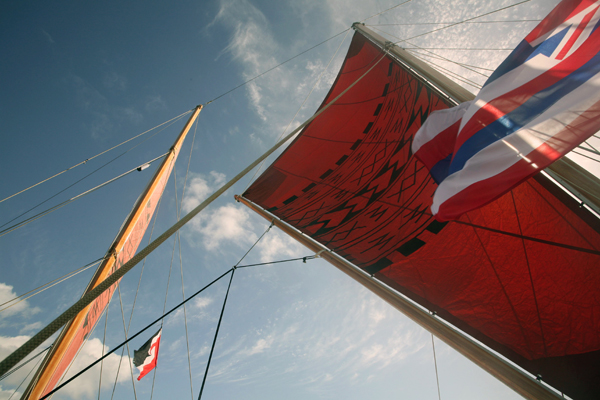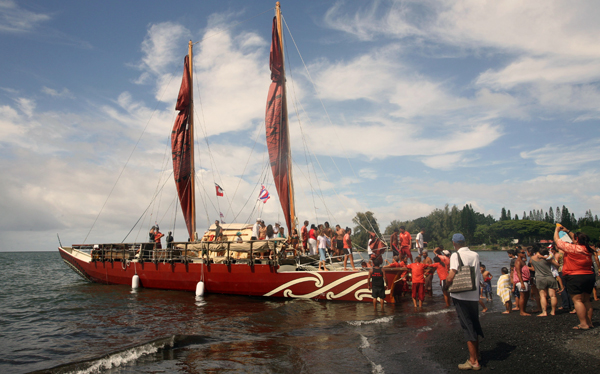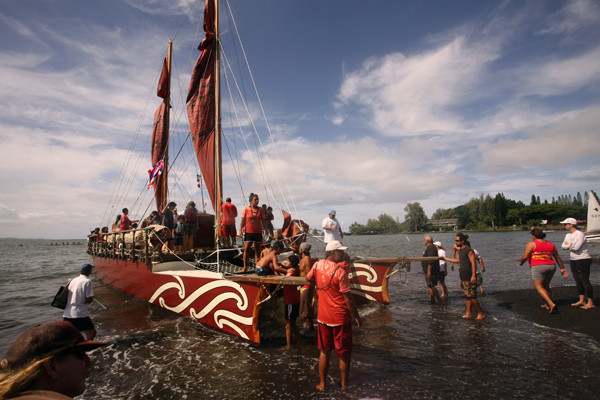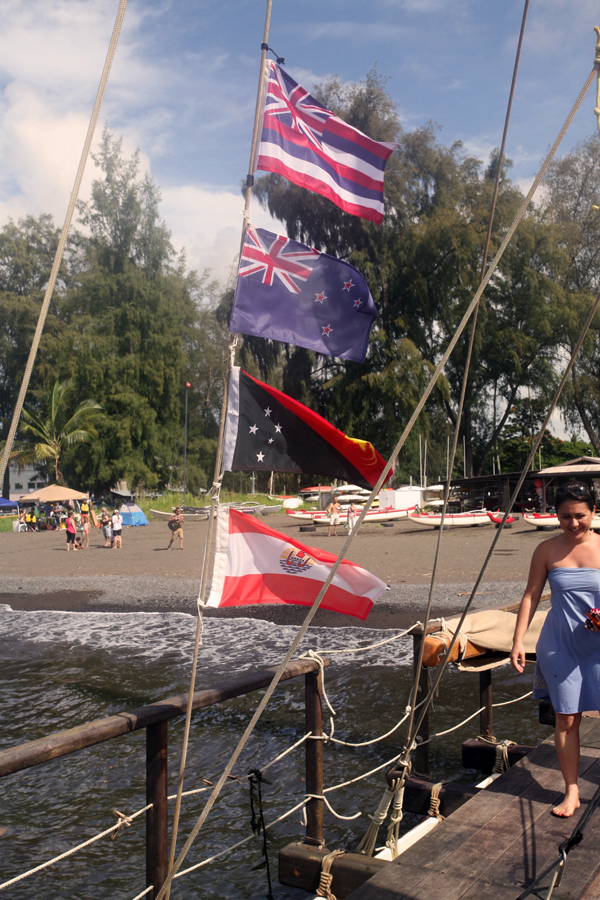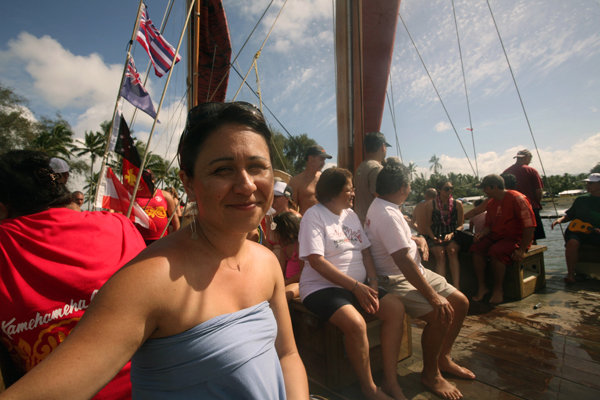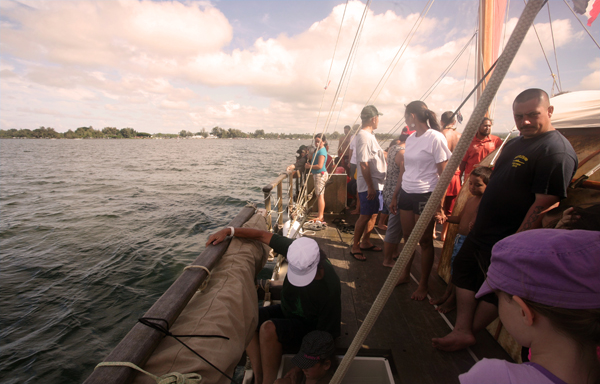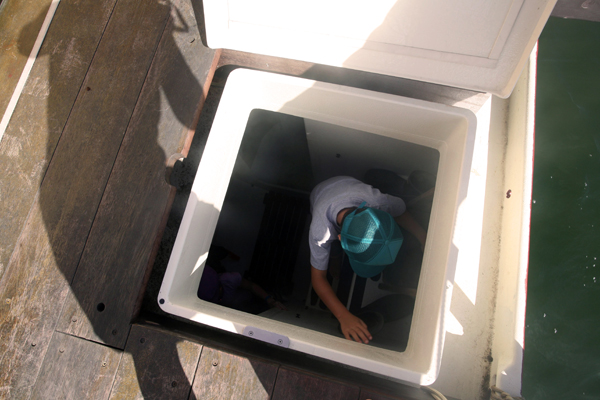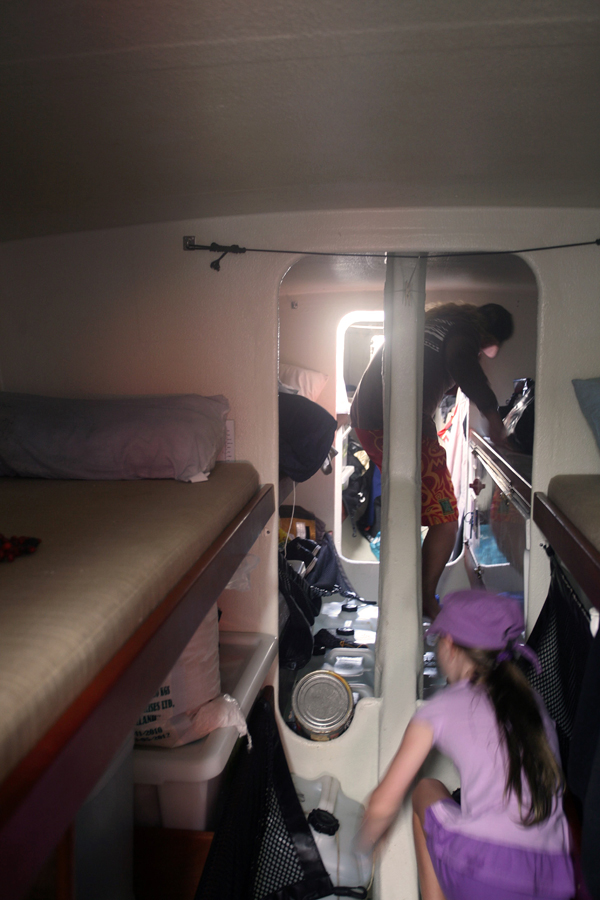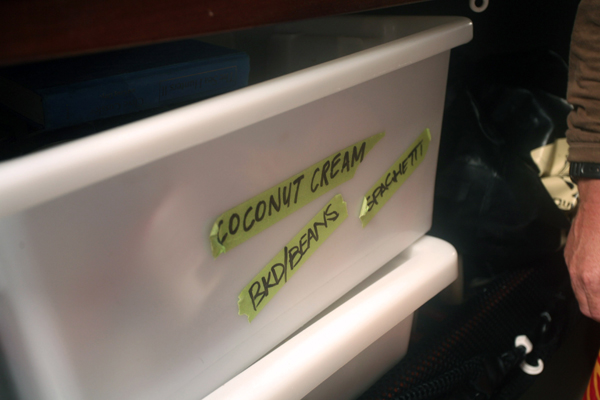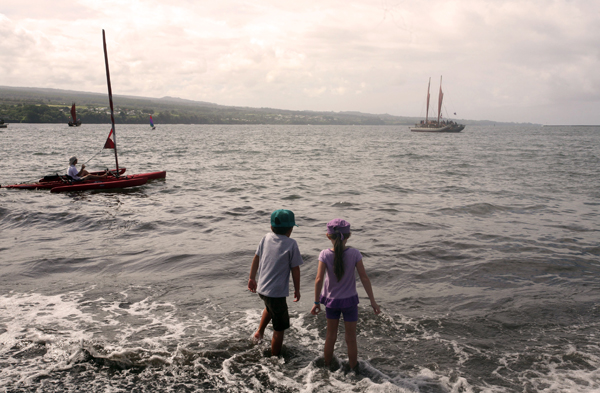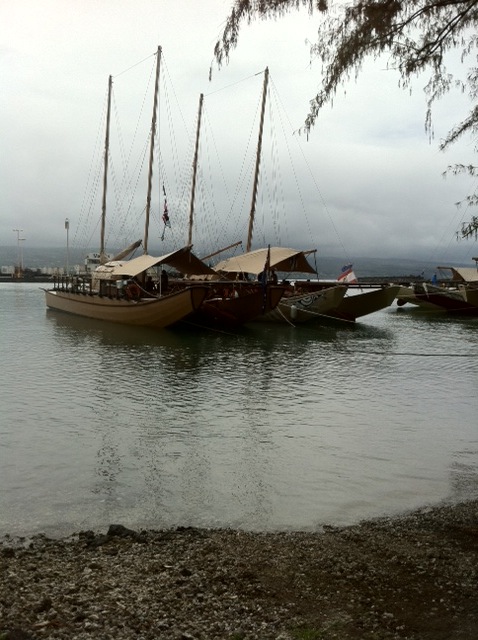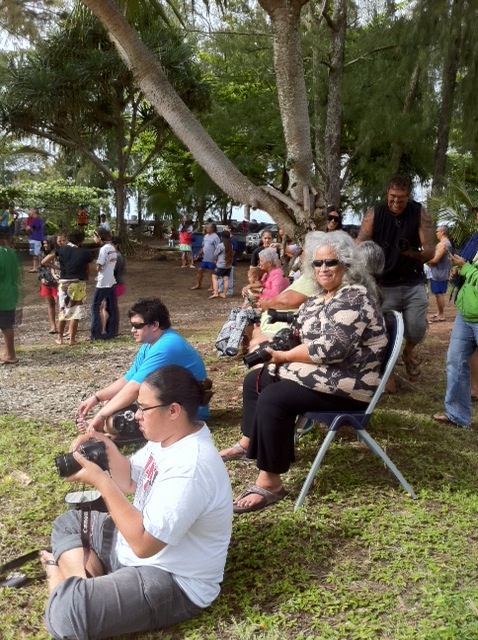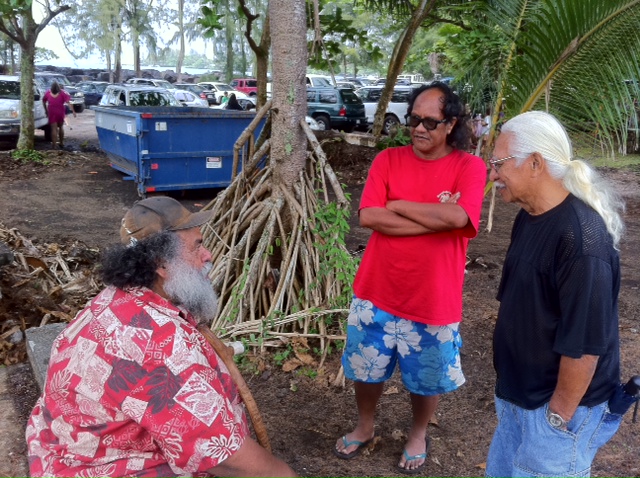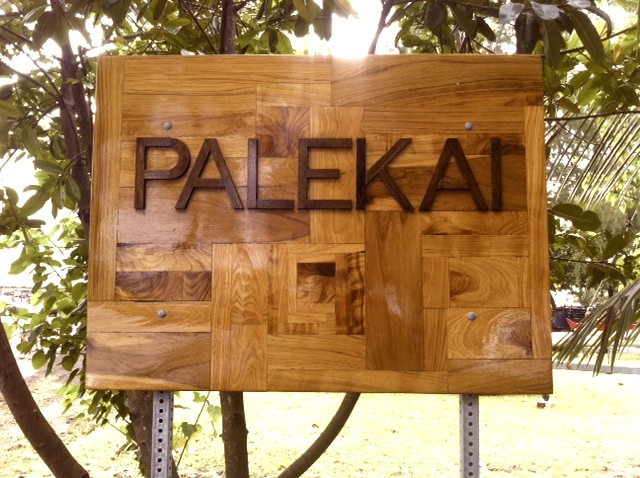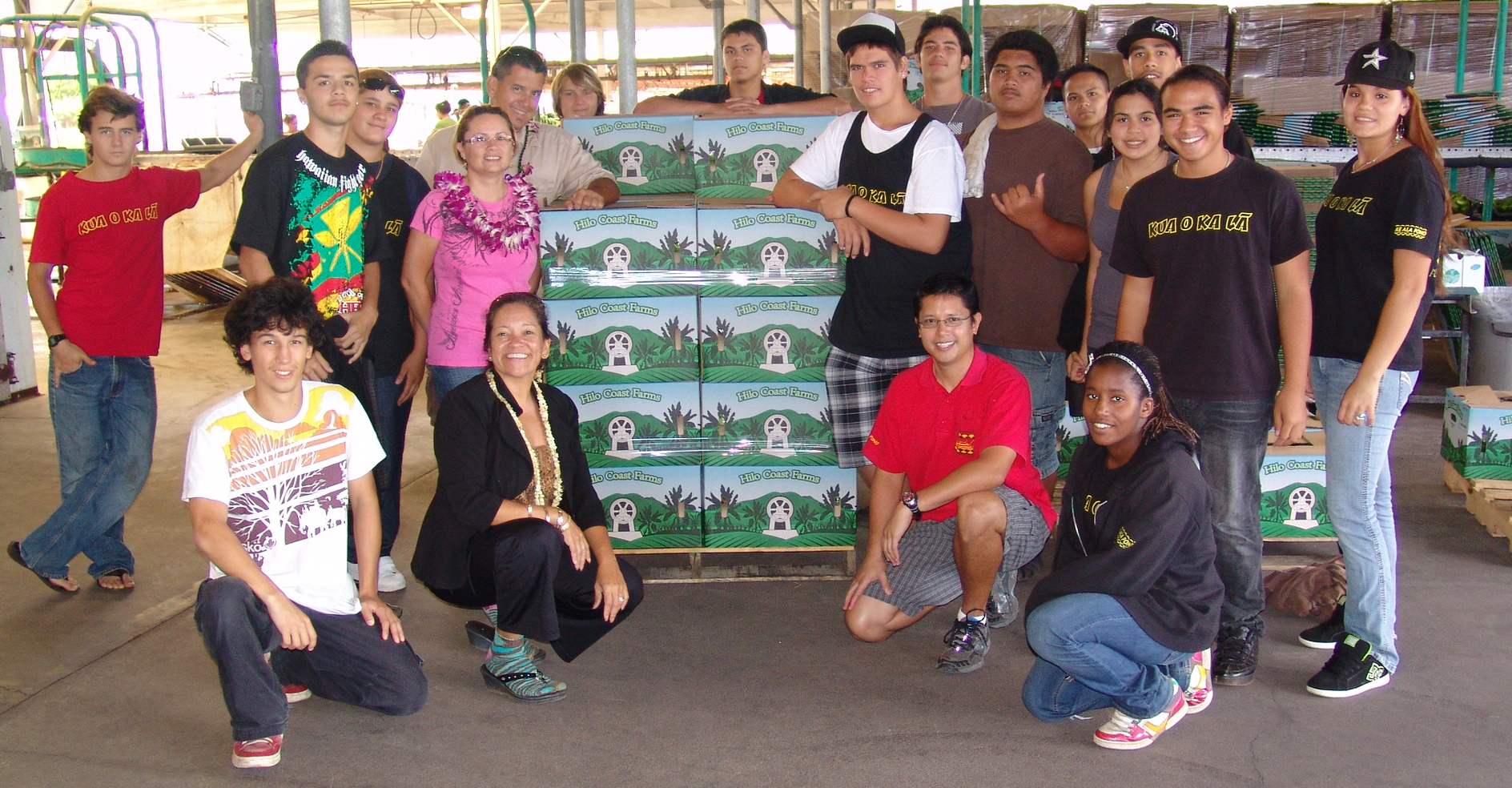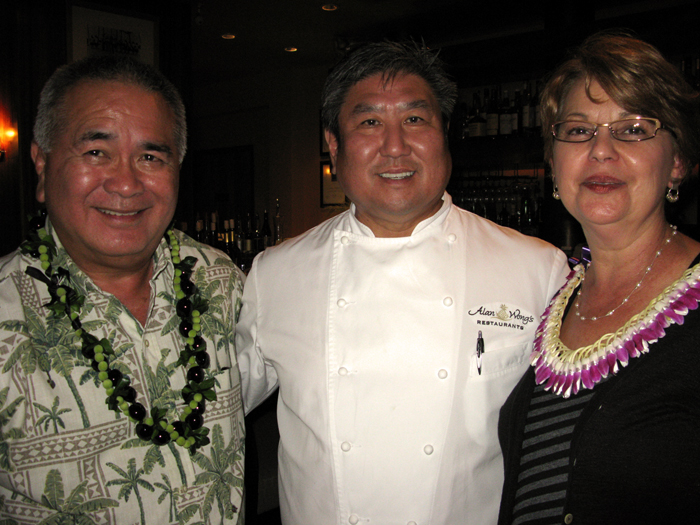Richard and June had a table at the Hawaii Island Chamber of Commerce’s Athena luncheon yesterday, for the presentation of East Hawai‘i’s Business Woman of the Year, and they invited me to join them. It was a good lunch at ‘Imiloa, and a nice event.
Before the Athena award was presented, Connie Lau, President/CEO of HEI, gave a talk about empowering women that I found really interesting.
She discussed U.S. Secretary of State Hillary Clinton’s High-Level Policy Dialogue on Women and the Economy at a recent Asia-Pacific Economic Cooperation (APEC) forum.
(Clinton) articulated important steps in a path toward the Participation Age—where every individual has the opportunity to be a contributing and valued member of the global marketplace—including strategies to remove barriers that have prevented women from being full participants in the economy and unlock their potential as drivers of economic growth.
Clinton said that unlocking the potential of women in the work force, where women are underutilized or are bumping their heads on glass ceiling after glass ceiling, would add 9 percent to our GDP, 13 percent to the Euro Zone’s, and 16 percent to China’s.
At a time when the U.S. is struggling to have a 2.5 to 3 percent GDP, seeing it bump up to 12 percent would mean we would even surpass China (currently at 8.5 percent), Lau pointed out.
It’s all about “women as an economic growth strategy.” Wow, what a sentence. Another interesting concept: “Empowering women is not only the right thing to do, it’s an economic imperative.”
From here:
If we address the barriers to women’s economic participation, we can fundamentally transform our economies.
- The World Economic Forum Gender Gap Report shows that where the gender gap is closest to being closed in a range of areas—including access to education, health survivability, economic participation, and political participation—countries and economies are more competitive and prosperous.[ix]
- Reduction in barriers to female labor force participation would increase the size of America’s GDP by 9 percent, the Euro Zone’s by 13 percent, and Japan’s by 16 percent.[x]
- Narrowing the gender gap could lead to a 14 percent rise in per capita incomes by the year 2020 in several APEC economies, including China, Russia, Indonesia, the Philippines, Vietnam, and Korea.[xi]
- Globally, women will control $15 trillion in spending by the year 2014. And by 2028, women will be responsible for about two-thirds of consumer spending worldwide.[xii]
- The Food and Agriculture Organization of the United Nations (FAO) estimates that if women had the same access to productive resources as men, they could increase yields on their farms by 20 to 30 percent. This increase could raise total agricultural output in developing countries by 2.5 to 4 percent and reduce the number of hungry people in the world by 12 to 17 percent, or up to 150 million people.[xiii]
- Women disproportionately spend more of their earned income on food, healthcare, home improvement, and schooling, which has a multiplier effect in local communities.[xiv]
- Research shows a correlation between the number of women on boards and higher corporate profits. One analysis found that companies with more women board directors outperform those with the least by 66 percent in terms of return on invested capital, by 53 percent in terms of return on equity, and 42 percent in terms of return on sales.[xv] Another study indicates that one-third of executives reported increased profits as a result of investments in employing women in emerging markets.[xvi]
I found the data and topic really interesting. There’s lots more, and you can go here to read the rest.
And how about East Hawai‘i’s Business Woman of the Year, you ask? Congratulations to Charlene Masuhara, a counselor and Key Club Adviser at Hilo High School.

